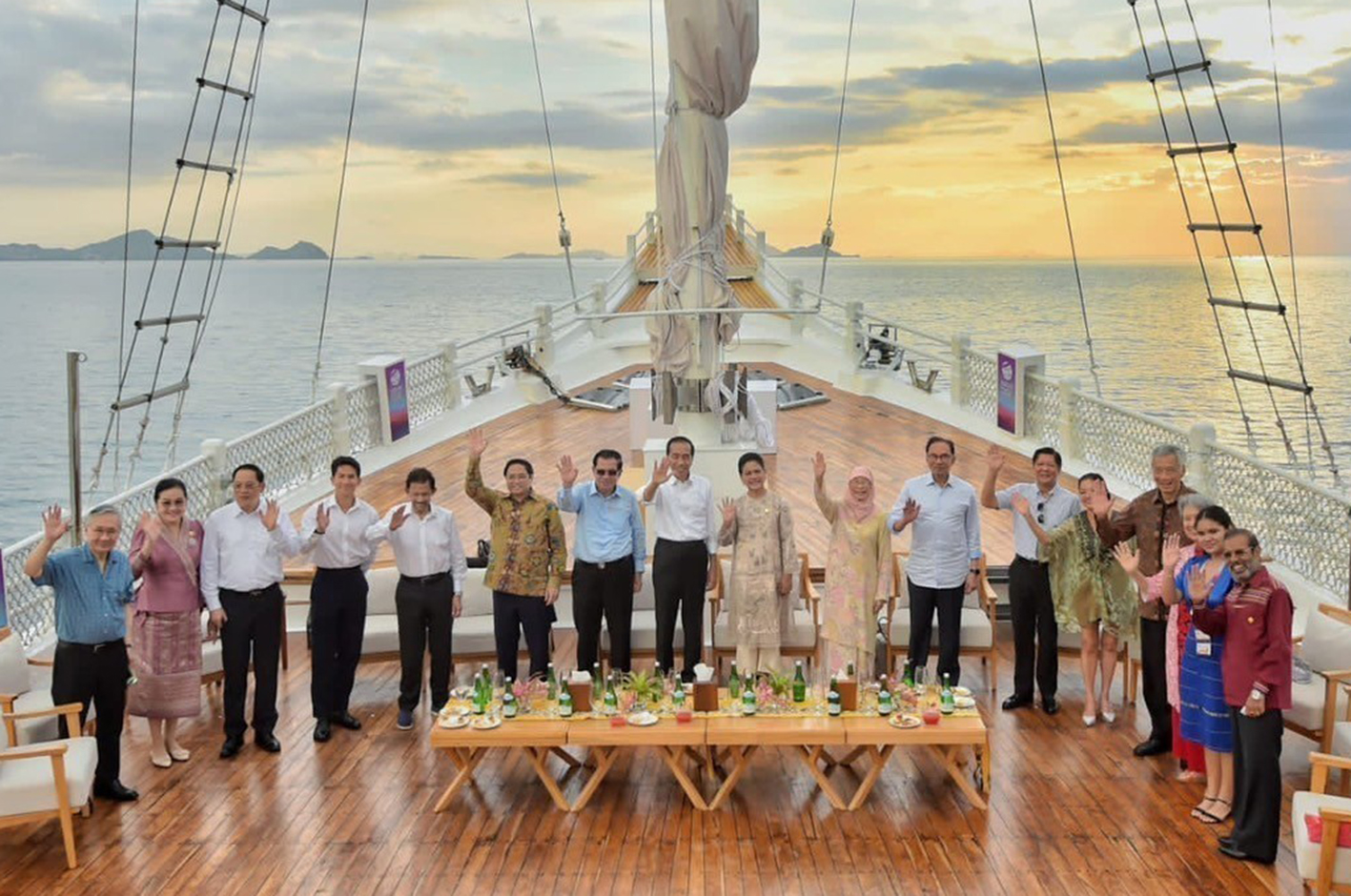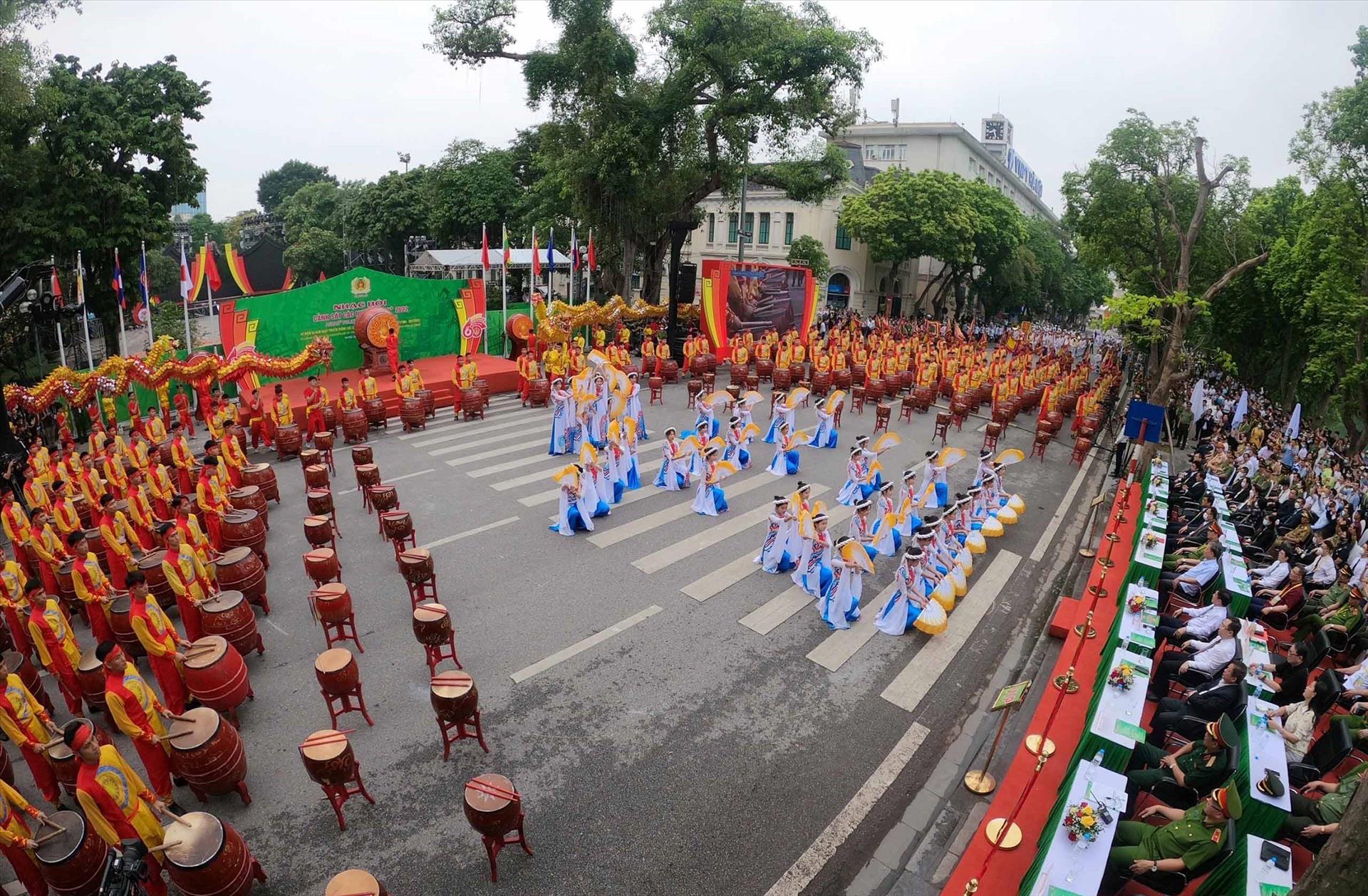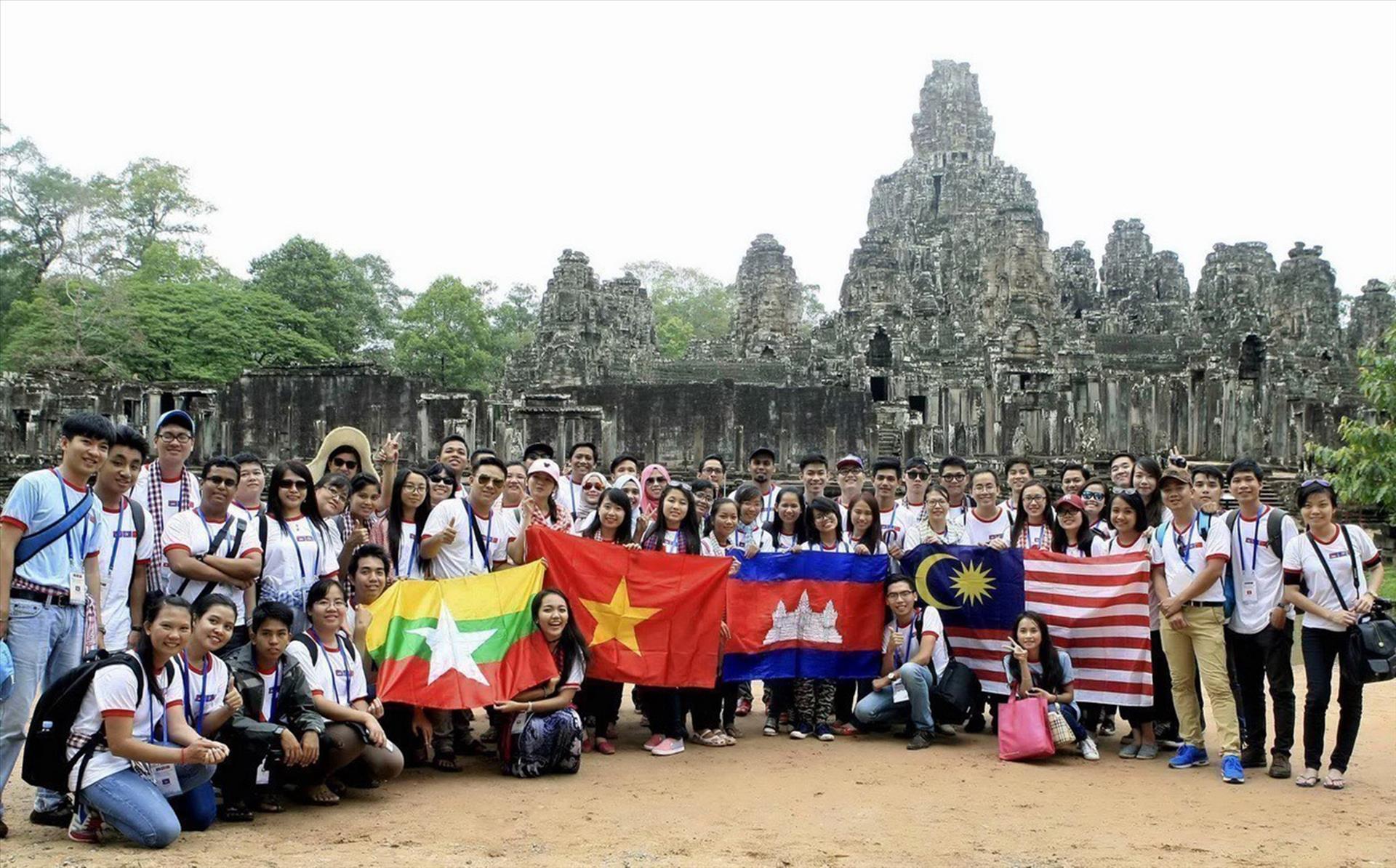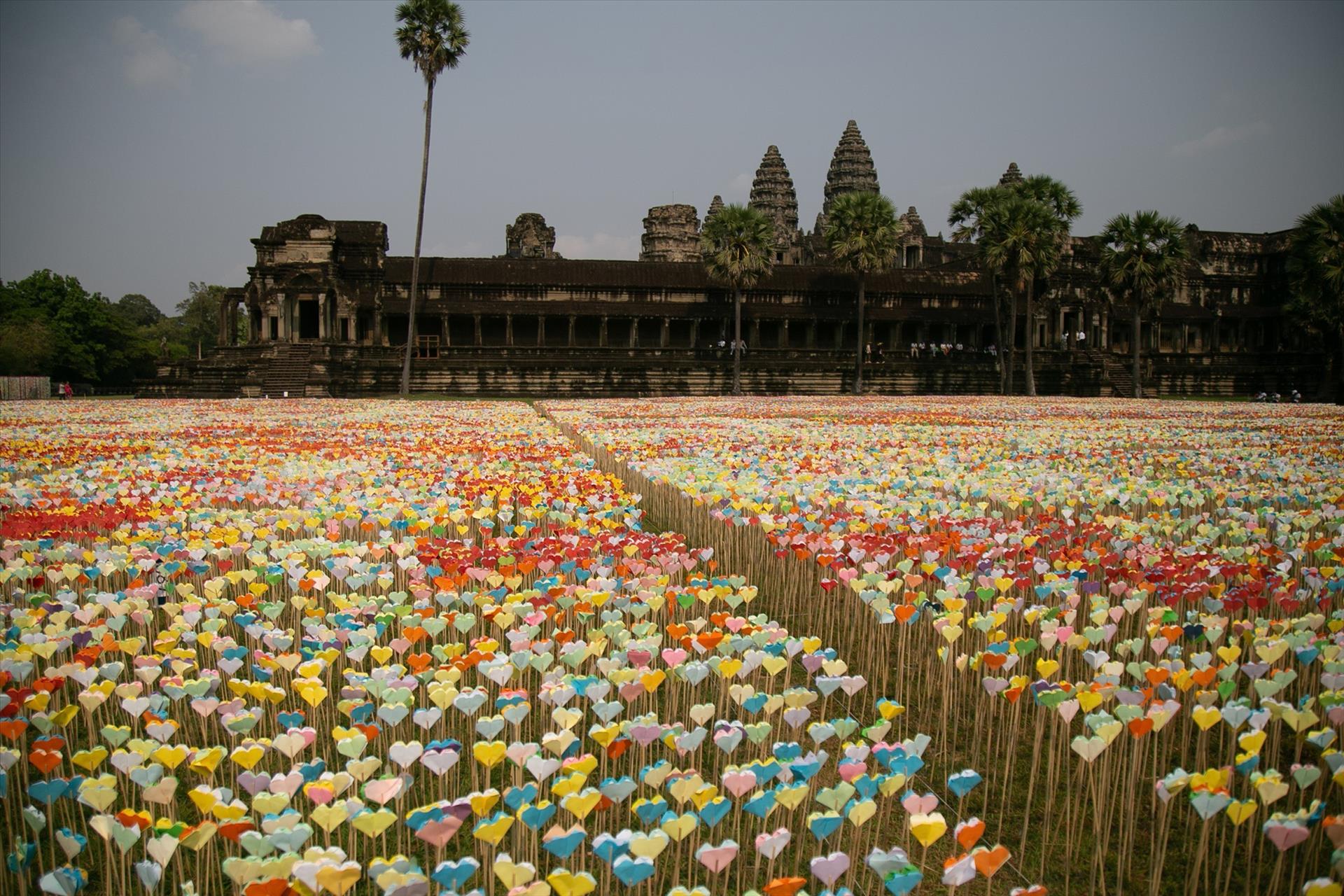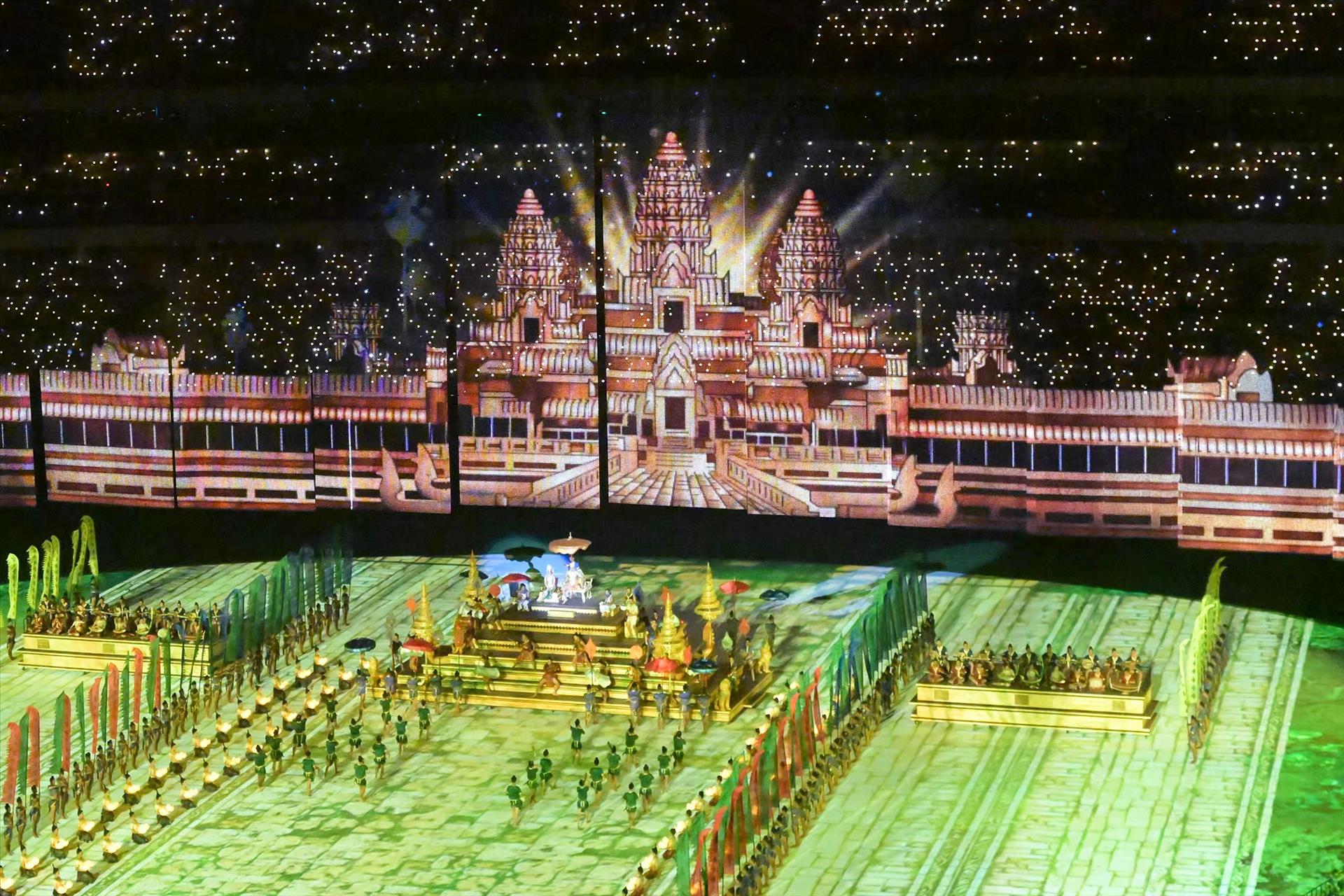Fostering ASEAN's Cultural Diversity
The convergence of diverse cultures has shaped a vibrant ASEAN community. Specifically, the preservation and promotion of cultural heritage and customs have played a significant role in creating the unique identity of ASEAN, with the ultimate goal of ensuring sustainable development and prosperity for each member nation.
The most prominent common feature of the ASEAN community in terms of culture is the shared foundation of rice civilization. The geographical terrain and the hot and humid climate of the ASEAN region have also resulted in similarities in the ways of eating, living, and socializing among the people in this region.
However, the ASEAN cultural landscape also showcases distinctive characteristics that contribute to its diversity and unique aspects. ASEAN comprises hundreds of different ethnic groups with varying customs and traditions. Among the over 200 countries and territories worldwide, the Southeast Asian region has the most diverse and complex ethnic structure.
According to ethnological studies, Myanmar is home to over 130 ethnic groups, Vietnam has 54 ethnic groups, Thailand has approximately 40 ethnic groups, and Laos has 48. In terms of languages, Indonesia has around 300 different indigenous language groups. The Philippines has over 90 local groups belonging to various ethnicities, and Malaysia has a scattered native population across its diverse regions. Additionally, the ASEAN region also exhibits diversity in terms of religion, as many major religions from around the world are present in Southeast Asia.
One of the three pillars of the ASEAN Community is the Socio-Cultural Community. The establishment of the ASEAN Socio-Cultural Community, both in its specific context and in the overall ASEAN context, marks an important milestone that elevates ASEAN cooperation to new heights. It requires member countries to exert greater efforts to ensure that over 650 million people in Southeast Asia live in a peaceful and friendly environment, where ethnic groups are united, support one another, and experience equitable development.
To achieve these objectives, the ASEAN Community's Comprehensive Plan for 2025 has outlined 109 strategic measures. These measures aim to promote cohesion and bring benefits to the people, encourage integration, foster sustainability, enhance self-reliance, and promote dynamism within the community.
Furthermore, the cultural diversity in the region has brought numerous advantages in economic development, particularly in the tourism sector. The creativity and cultural assets of each ethnic group within the ASEAN region, especially in the field of handicrafts and cultural industries, represent an invaluable resource. Each year, this sector alone attracts a significant number of tourists for sightseeing and shopping, contributing to economic growth.
Therefore, Southeast Asian countries need to work together to preserve and connect cultural heritage, research and create multilingual products based on cultural traditions and education, and establish cultural heritage routes to facilitate cultural exchange. This aligns with UNESCO's action plans for the preservation of cultural and natural heritage and the conservation of cultural diversity, which are considered essential for sustainable development, peace, and security at the national, regional, and international levels.
The governments and people of ASEAN countries share a common goal of cooperation towards a distinctive and diverse ASEAN culture that is united. With its strategically important geographical location as a convergence point for world cultures, the cultural diversity of ASEAN will contribute to connecting different ethnic groups and enhancing mutual understanding, becoming a strong driving force for development in the region. Culture serves as a solid foundation for an increasingly beautiful and prosperous ASEAN "home".
Story: VNP Photos: VNA Translated by Hong Hanh
